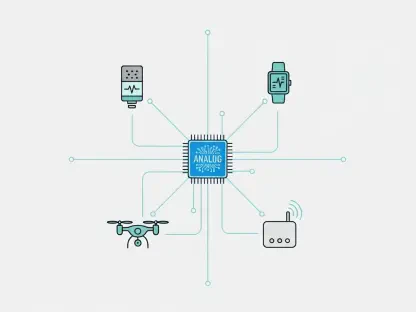In a groundbreaking development for medical technology, researchers at the University of Texas Southwestern Medical Center announced a revolutionary deep learning model in 2023. The model aims to detect breast cancer metastasis noninvasively, offering a potentially game-changing alternative to current invasive procedures.
The Issue and Its Significance
Breast cancer metastasis, or the spread of cancer from the primary site to nearby lymph nodes, has traditionally been a challenging aspect of cancer treatment. Currently, sentinel lymph node biopsies (SLNB) are the standard practice for detecting this spread. However, these procedures carry risks such as anesthesia complications, radiation exposure, and post-surgical pain. As a result, there has been a pressing need for a more accurate, noninvasive method of detection.
Detailed Findings and Evidence
The deep learning model developed by the researchers utilizes a custom four-dimensional convolutional neural network (4D CNN). This model analyzes dynamic contrast-enhanced MRI (DCE-MRI) data collected from 350 breast cancer patients.
Unlike traditional 3D MRI scans, this model incorporates scans over time and integrates clinical variables like patient age and tumor grade. The model exhibits an impressive 89% accuracy rate in detecting metastasis, surpassing traditional imaging techniques and radiologists’ assessments. This high level of accuracy has the potential to significantly reduce the necessity for invasive procedures such as SLNB and axillary lymph node dissection (ALND).
Dr. Dogan Polat, who led the study, emphasized the importance of focusing on data from the primary tumor itself to avoid the need for additional imaging. This approach not only streamlines the process but potentially enhances patient outcomes by minimizing procedural risks and conserving healthcare resources.
The technological backbone of the model—NVIDIA’s A100 and V100 Tensor Core GPUs—played a critical role in the development and training of the model. These advanced GPUs allowed the researchers to process and analyze vast amounts of data efficiently, highlighting the integral role of cutting-edge technology in medical research and diagnostics.
Implications and Next Steps
Looking to the future, the research team plans to deploy the AI model in clinical settings for further validation and refinement. The goal is to test its effectiveness across a diverse range of clinical scenarios and potentially expand its applications to other types of cancer.
Overall, this breakthrough signifies a major leap in noninvasive cancer detection. The AI model holds the promise of better patient outcomes and broader applications in oncology, potentially setting new standards in cancer diagnostic practices.









